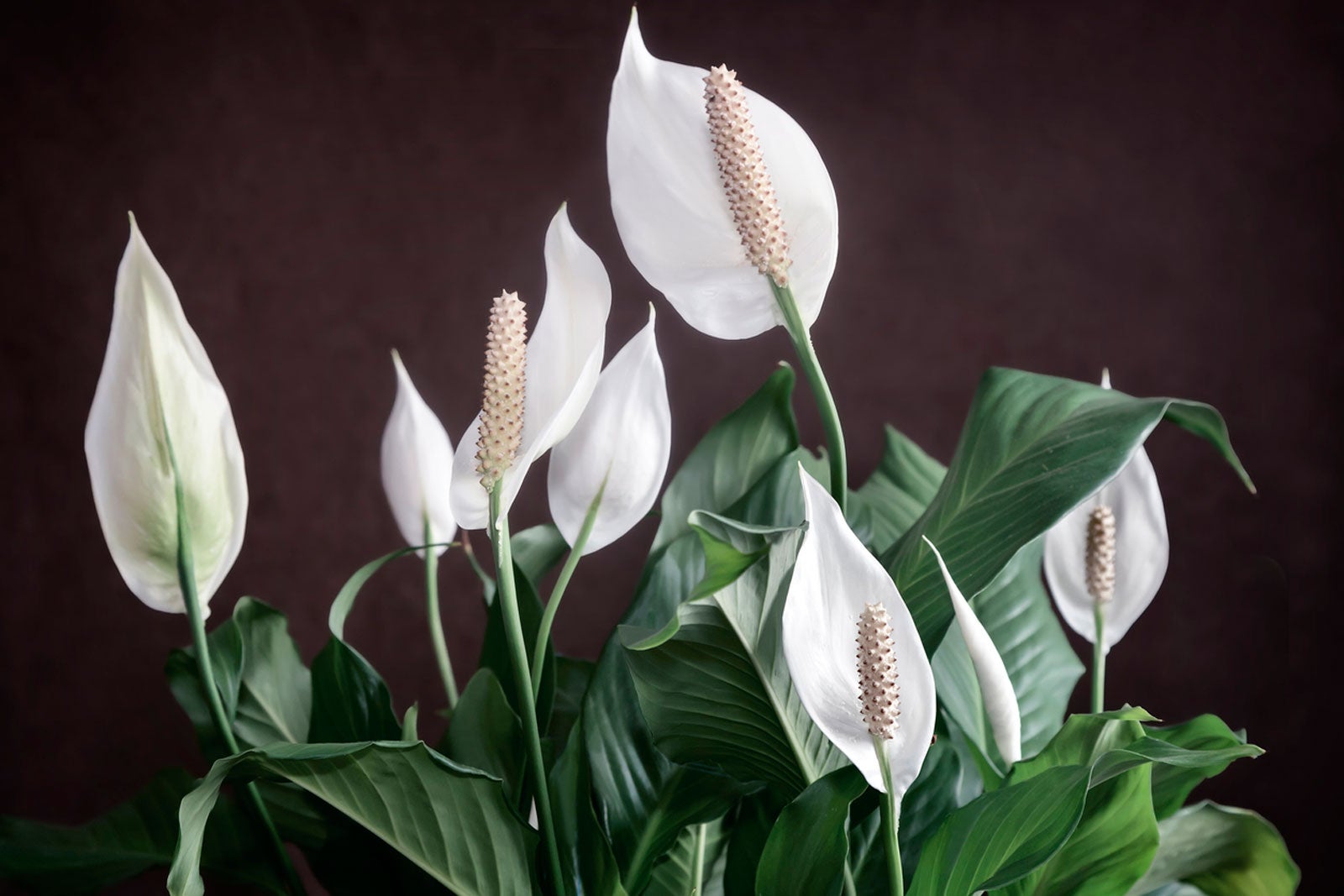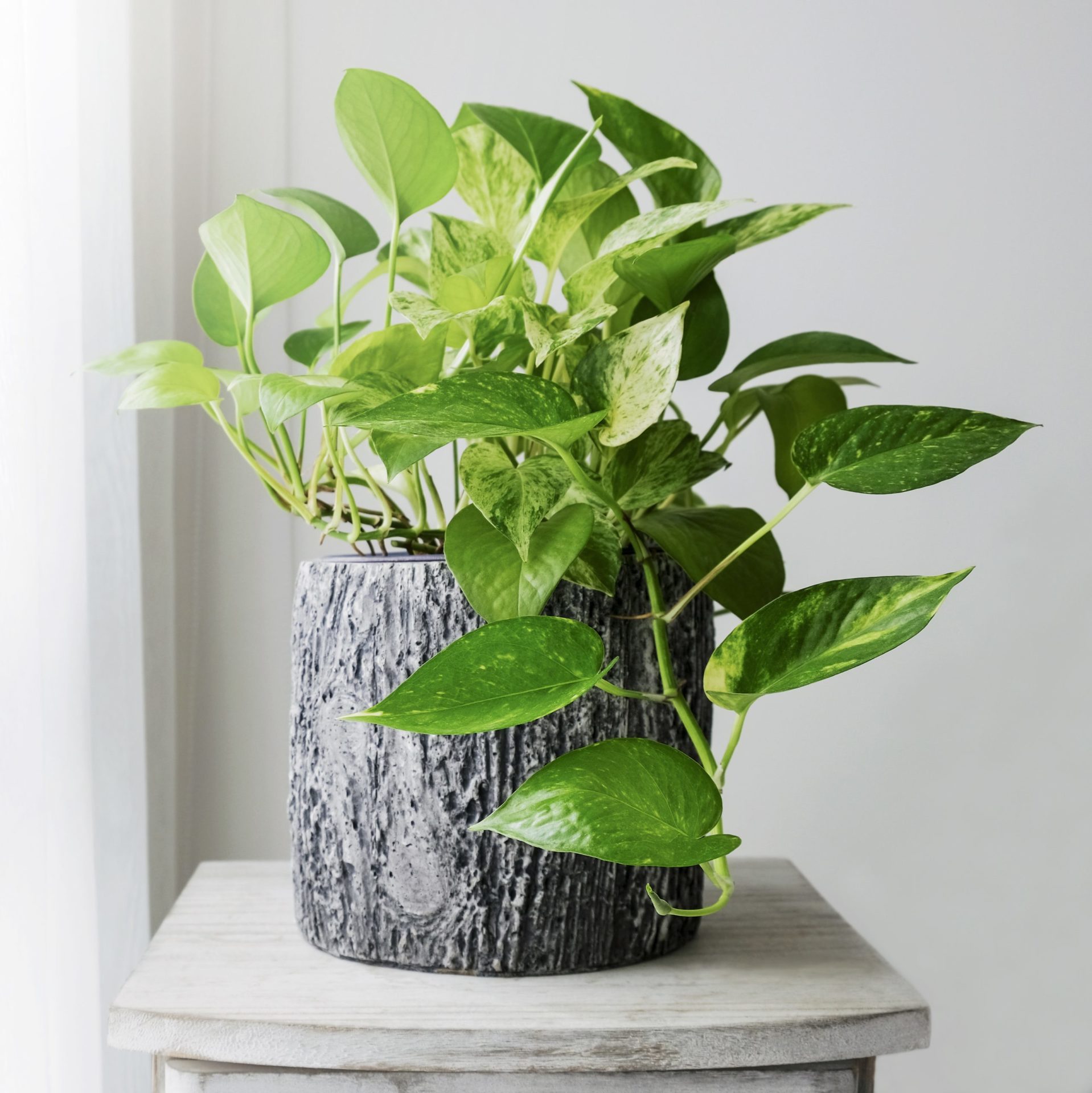Best Low-Light Indoor Plants That Add Greenery to Any Space with Little Light
Best Low-Light Indoor Plants That Add Greenery to Any Space with Little Light
Blog Article
Discover the Finest Low-Light Indoor Plants for Enhancing Your Home Design
Integrating low-light interior plants right into your home design can dramatically improve both visual appeals and atmosphere, especially in spaces that lack bountiful all-natural light. Ranges such as the Snake Plant and ZZ Plant not just bring life to lower edges yet likewise add to boosted air high quality and overall well-being. Recognizing the special qualities and treatment needs of these plants can bring about a more harmonious living atmosphere. As we discover the top selections and their creative applications, one might ask yourself just how these options can transform your room right into a flourishing haven.

Why Select Low-Light Plants
Why choose for low-light plants in your indoor spaces? The contemporary living setting commonly presents challenges such as limited natural light, making it challenging for standard houseplants to flourish. Low-light plants are particularly adjusted to flourish and survive in these conditions, supplying a viable option for individuals seeking to enhance their indoor rooms without the included stress and anxiety of preserving much more light-demanding vegetation.
Along with their resilience, low-light plants add dramatically to the visual appeals of a space. Their varied series of colors, dimensions, and forms allows for unique interior layout chances, producing inviting and vivid environments. Indoor plants are known for their air-purifying top qualities, boosting interior air quality by filtering system toxins and releasing oxygen, which can improve overall wellness.
Low-light plants additionally need very little maintenance, making them especially appealing to active individuals or those brand-new to gardening. Their flexibility allows for positioning in various settings, from workplace spaces to dimly lit corners of the home. By selecting low-light plants, you can appreciate the advantages of plant without the restrictions that commonly come with typical horticulture, eventually cultivating a much healthier and much more aesthetically enticing interior atmosphere.
Leading Low-Light Indoor Plants
For those seeking to enhance their indoor rooms with plant that grows in low-light conditions, several plant options stand apart for their durability and aesthetic appeal. The Snake Plant (Sansevieria trifasciata) is a prominent choice, known for its upright, sword-like fallen leaves and capacity to tolerate disregard. This durable plant can make it through in poorly lit areas while enhancing indoor air high quality.
One more exceptional alternative is the Pothos (Epipremnum aureum), characterized by its heart-shaped fallen leaves and tracking creeping plants. Pothos is not just versatile to reduced light however likewise offers a striking visual contrast when positioned on shelves or hanging baskets.
The ZZ Plant (Zamioculcas zamiifolia) is similarly remarkable, boasting glossy, dark eco-friendly leaves that can brighten up any type of corner. Its dry spell resistance makes it suitable for active homeowners.
Care Tips for Low-Light Plants
Just how can you guarantee that your low-light indoor plants prosper despite limited sunlight? First, select the suitable potting mix that provides good water drainage while retaining moisture. A well-aerated dirt, such as a mix of potting soil and perlite, can aid avoid origin rot.
Watering is important; low-light plants normally need less frequent watering compared to their sun-loving counterparts. Constantly inspect the leading inch of the dirt-- if it really feels dry, it's time to water. Be careful of overwatering, as this can bring about fungal concerns and origin decay.
Feeding low-light plants ought to be done moderately - Best low-light indoor plants. Use a balanced, water-soluble plant food throughout the expanding period, however reduce or remove fertilizing in the dormant months
Additionally, dust can collect on leaves, preventing photosynthesis. Delicately wipe the fallen leaves with a wet cloth to keep them tidy.
Lastly, observe your plants carefully. Indicators of distress, such as yellowing leaves or leggy development, can indicate that your plant needs changes in care (Best low-light indoor plants). By complying with these treatment tips, your low-light indoor plants Read Full Report can flourish, adding charm and vitality to your home
Creative Ways to Show Plants
Elevating the aesthetic charm of your indoor space can be accomplished by attentively displaying your low-light plants in imaginative methods. Consider using upright room to your benefit; wall-mounted racks can display routing plants like pothos or philodendron, adding lushness while saving floor room. Use plant stands of differing heights to develop visual rate of interest and depth, attracting the eye upwards.
Hanging planters are an additional superb choice, supplying a significant impact when put on hold from the ceiling or hooks. Macramé hangers can present structure and bohemian style, while contemporary ceramic wall mounts can suit a minimalist visual. For a much more cutting-edge technique, repurpose distinct containers such as classic teacups or glass jars, which can include character to your screen.
Organizing plants in collections is also efficient; usage differing pot dimensions and colors to develop a natural look. This method not only boosts visual impact but likewise supplies an all-natural habitat feeling - Best low-light indoor plants. Take into consideration placing plants near light resources like home windows or lamps to optimize their growth and display their vivid foliage, thus boosting the general atmosphere of your indoor environment.
Advantages of Indoor Plant
Many studies have shown that including interior plant into your space uses a wide range of benefits, enhancing both psychological and visit physical health. Among one of the most significant advantages of interior plants is their capability to boost air quality. Plants take in carbon dioxide and release oxygen, producing a much healthier atmosphere while likewise straining damaging toxins, hence promoting respiratory wellness.
In addition, the presence of greenery has actually been connected to minimized tension degrees. Study indicates that communicating with plants can decrease cortisol degrees, which are related to stress. This soothing impact can bring about improved mood and boosted performance, making indoor plants a suitable enhancement to workspaces.
Furthermore, interior plant can boost cognitive feature. Researches recommend that settings improved with plants can bring about raised emphasis, creative thinking, and total psychological quality. The visual allure of interior plants also contributes to a more inviting and enjoyable setting, favorably influencing social interactions and general complete satisfaction within an area.
Verdict

Integrating low-light indoor plants into your home decoration can significantly improve both visual appeals and ambience, especially in rooms that lack bountiful natural light. Ranges such as the Serpent Plant and ZZ Plant not only bring life to lower corners yet likewise contribute to enhanced air top quality and total well-being. Indoor plants are known for their air-purifying top qualities, boosting interior air quality by filtering toxic substances and launching oxygen, which can enhance overall health.
For those seeking to improve their indoor spaces with plant that flourishes in low-light conditions, numerous plant options stand out for their durability and aesthetic appeal. These resistant plants, such click to read more as the Snake Plant and ZZ Plant, prosper in dim problems and require marginal upkeep, making them suitable for various way of lives.
Report this page